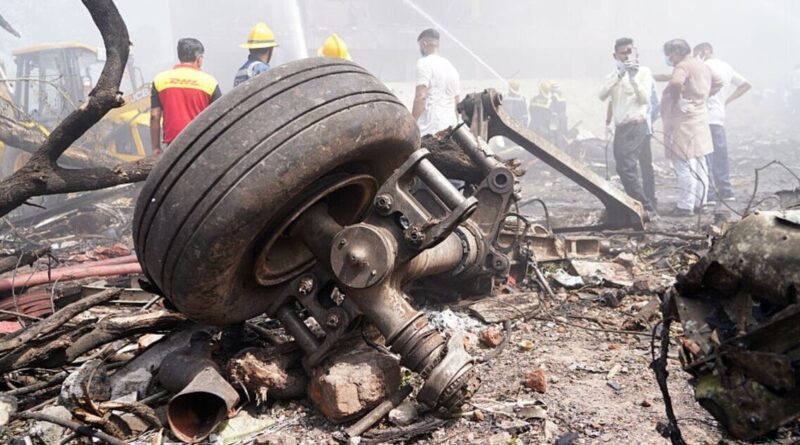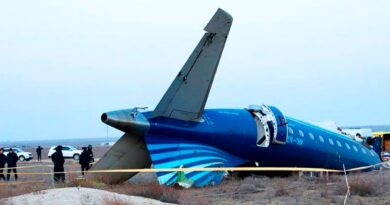Air India crash: I’m an expert – this is my theory how seat 11A helped Brit survive | World | News
An air safety expert has given his opinion on how a British man miraculously survived yesterday’s horrific Air India crash. Flight AI171 went down moments after taking off from Ahmedabad’s Sardar Vallabhbhai Patel International Airport en route to London Gatwick.
The Boeing 787-8 Dreamliner was carrying 242 people on board, including 53 Britons. The plane crashed in a built-up area before bursting into a ball of flames as 60 tons of aviation fuel ignited.
Vishwash Kumar Ramesh was the only surviving passenger to emerge from the wreckage of the plane.
Mr Ramesh was returning to his family home in Leicester after tending to his business in India.
Most experts view the air disaster as a “non-survivable crash”, raising the question of how Mr Ramesh was able to emerge alive.
Professor Edwin Galea is the director of the Fire Safety Engineering Group (FSEG) at the University of Greenwich.
In 2006, he published a study that found that in survivable crashes, people within five rows of an exit row were more likely to survive.
Mr Ramesh was said to be sitting in 11a, which is located right by the number two exit on a 787-8.
“So he’s got the seat as close as you could possibly be to an emergency exit. You can’t be any closer,” he told The Telegraph.
The professor also noted that the seat falls within the strongest part of the aeroplane.
“The physically strongest part of the aircraft is the part of the fuselage where the wings are, called the wing box,” he explained.
“It’s where the wings joined to the fuselage. That’s the strongest part of the aircraft because there’s the most structure there.
“And I believe seat 11A is just at the front of that very strong part of the aircraft. That may have been a factor again.”
Mr Ramesh is currently recovering from his terrifying ordeal in the hospital, and according to his brother, Nayan Kumar, has no idea how he survived.





